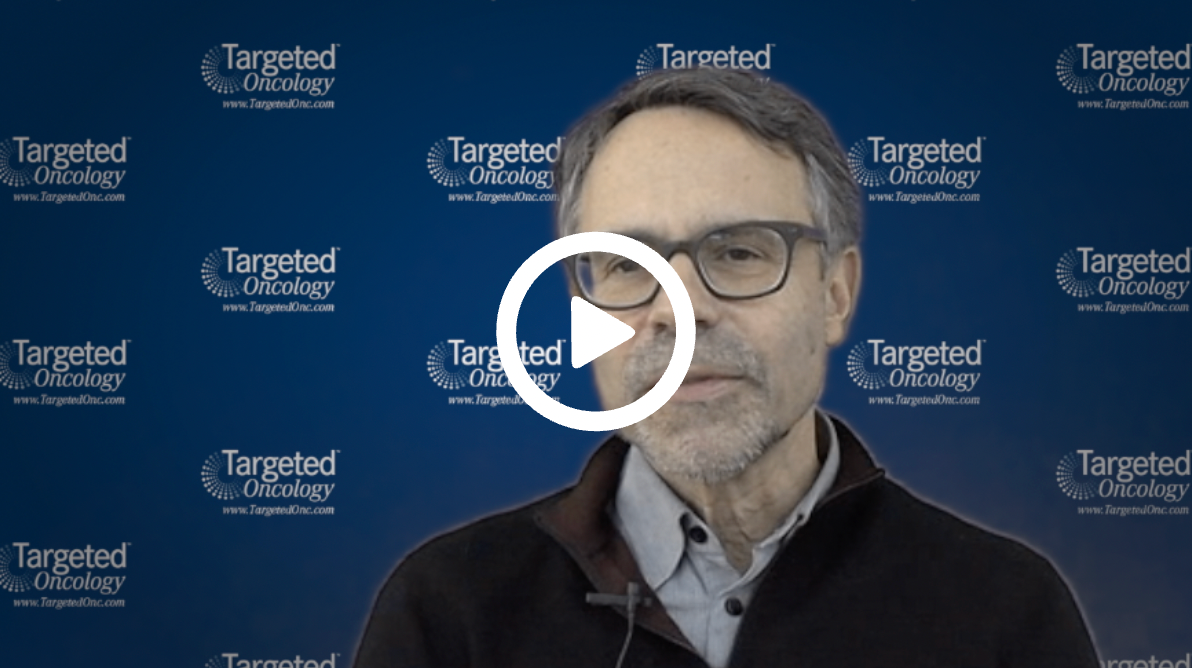World
Real-World Study Evaluates Racial and Socioeconomic Disparities in CLL

Ira Zackon, MD, hematologist/oncologist with New York Oncology Hematology, and a senior medical director with Ontada, a data science company part of McKesson, discusses the background of a real-world study which sought to identify some of the racial and socioeconomic disparities seen in patients with chronic lymphocytic leukemia (CLL).
Specifically, this real-world research, which was conducted in community oncology settings, compared CLL outcomes for Black and White patient populations. Investigators assessed how race and socioeconomic factors may influence CLL treatment and outcomes in these settings.
Data from over 12,000 patients with CLL were analyzed by researchers between 2015 and 2023. This period coincides with the introduction of effective new CLL therapies.
Transcription:
0:09 | This was real-world data research in chronic lymphocytic leukemia or CLL. We used a database that is sourced in community oncology, and we had a particular focus on looking at any differences in patients and outcomes based on race or certain social determinants of health in particular, socioeconomic factors.
0:44 | In CLL, the way we treat has really changed since the introduction of [Bruton tyrosine kinase (BTK)] inhibitors back in 2014, and then BCL2 inhibitors and antibodies that we use. [They have] improved the lives of patients with CLL. But we also understand, not just in CLL, that there are other factors that can go into outcomes that we call social determinants of health.
1:11 | Our study used the electronic health record, called iKnowMed, that is part of the US Oncology Network. This is the largest aggregated group of community oncologists. We have a large database that is geographically across the country. Within that, we identified over 12,000 patients with CLL, starting from 2015 up until mid 2023. It covered an approximate 8-year period to reflect this time when we changed therapy of CLL.









